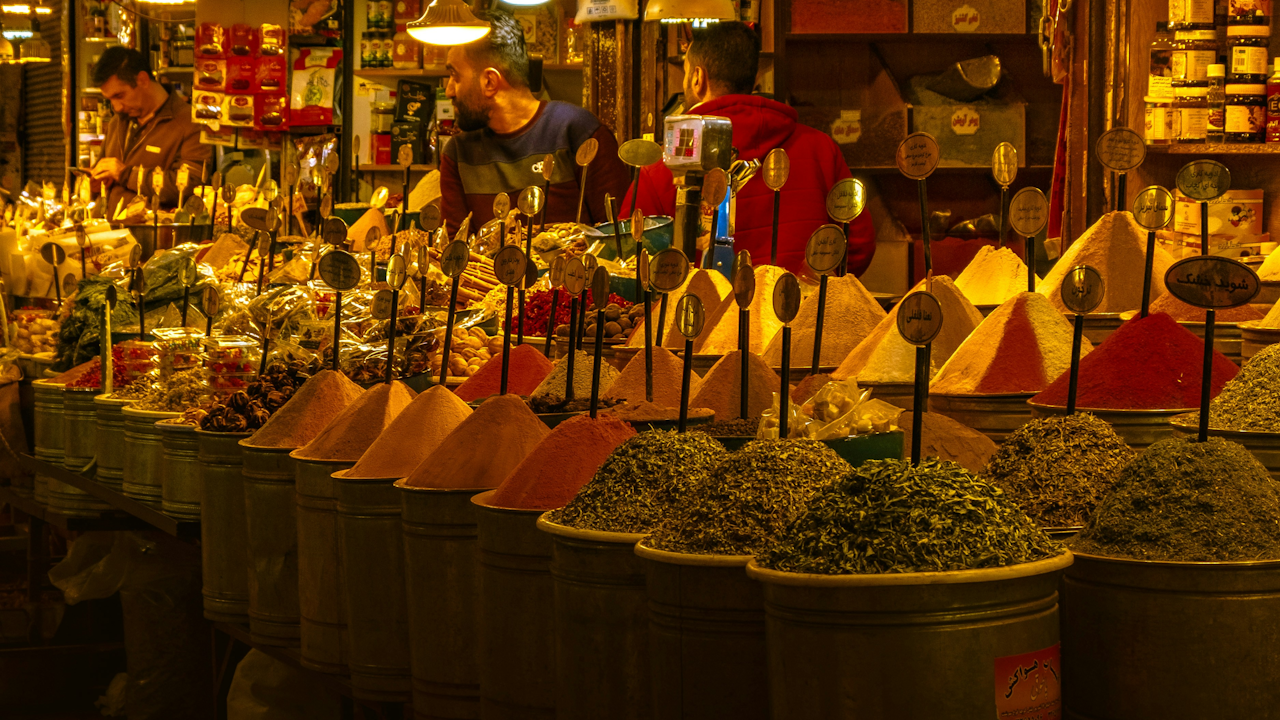The ancient routes that once carried precious cargo like cinnamon, cardamom, and cloves have been reimagined for a new era. This is not the spice trade of antiquity, fueled by camels and galleons, but rather a digitized, sustainable, and consumer-driven movement being called “Spice Trade 2.0.” Today, a new wave of rare and forgotten spices is making a remarkable return to kitchens and markets worldwide, thanks to a confluence of modern technology, ethical sourcing, and a global palate that craves adventure and authenticity.
The original spice trade was a foundational force in world history, shaping empires and inspiring voyages of discovery. Spices were not just flavorings; they were currency, medicine, and symbols of immense wealth. They traveled along legendary routes like the Silk Road and maritime pathways, with merchants guarding their origins with elaborate myths to protect their profits. While those days of intrigue are long past, the fundamental desire for unique flavors has re-emerged, albeit in a more transparent and conscious form.
In this new trade landscape, technology has become the compass. Blockchain ensures every batch of turmeric from India is traceable from farm to fork, offering a level of transparency that ancient traders could only dream of. Drones monitor crop health, and AI helps farmers in places like Indonesia dry pepper more efficiently, leading to higher quality and consistency. Digital customs processes have replaced paper-filled bottlenecks, making the journey of a spice from a small farm in Kenya to a market in Europe faster and more reliable than ever before.
This technological revolution is happening alongside a powerful shift in consumer values. Today’s buyers are more knowledgeable and environmentally aware. They are not just interested in a spice’s flavor; they want to know its story. This has led to a significant increase in demand for ethically and sustainably sourced products. Companies that partner with planet-conscious farmers and use eco-friendly logistics are gaining a competitive edge. The emphasis is on “provenance spices” where the origin, growing conditions, and ethical practices are part of the product’s appeal.
This renewed interest in authenticity has opened the door for many rare spices to return. While common spices like pepper and cumin remain staples, culinary enthusiasts and professional chefs are now seeking out more unusual flavors. For instance, grains of paradise, an aromatic and peppery spice from West Africa, which was popular in medieval Europe before being largely replaced by black pepper, is seeing a resurgence. Similarly, spices deeply rooted in traditional medicine and cuisine, such as the Indian spices Kabab Chini or tailed pepper, and Malabar tamarind, are being rediscovered for their unique tastes and health benefits.
Other regional treasures are also finding a wider audience. The smoky, fruity Aleppo pepper, whose trade was once disrupted by conflict, has been carried by refugees and is now thriving in new regions, bringing its distinctive flavor to Middle Eastern and Mediterranean dishes globally. From Ethiopia’s fiery Berbere blend to Egypt’s crunchy Dukkah, once-regional spice mixes are now finding their way into international markets, enriching global food culture.
The article “Spice Trade 2.0: Rare Spices Return” is not just about a list of forgotten ingredients. It’s about a fundamental transformation of an ancient industry, driven by a modern fusion of technology, ethics, and a global appetite for unique and authentic flavors. It shows how the same human desire for connection and discovery that powered the old spice routes is now creating new opportunities for farmers, merchants, and cooks around the world, making the culinary landscape richer and more diverse than ever before.

